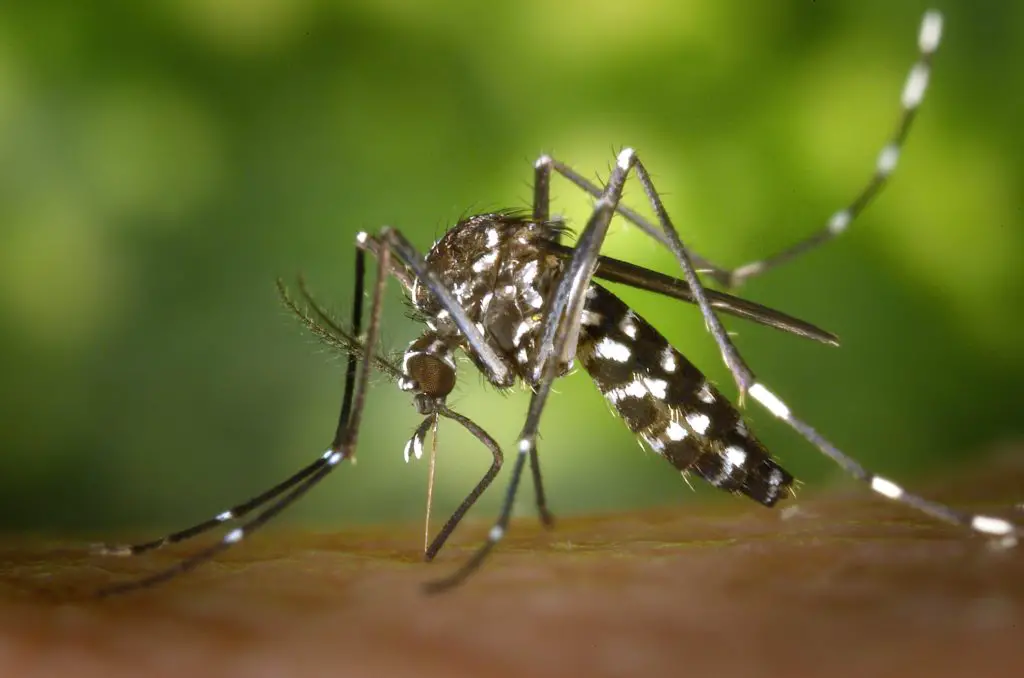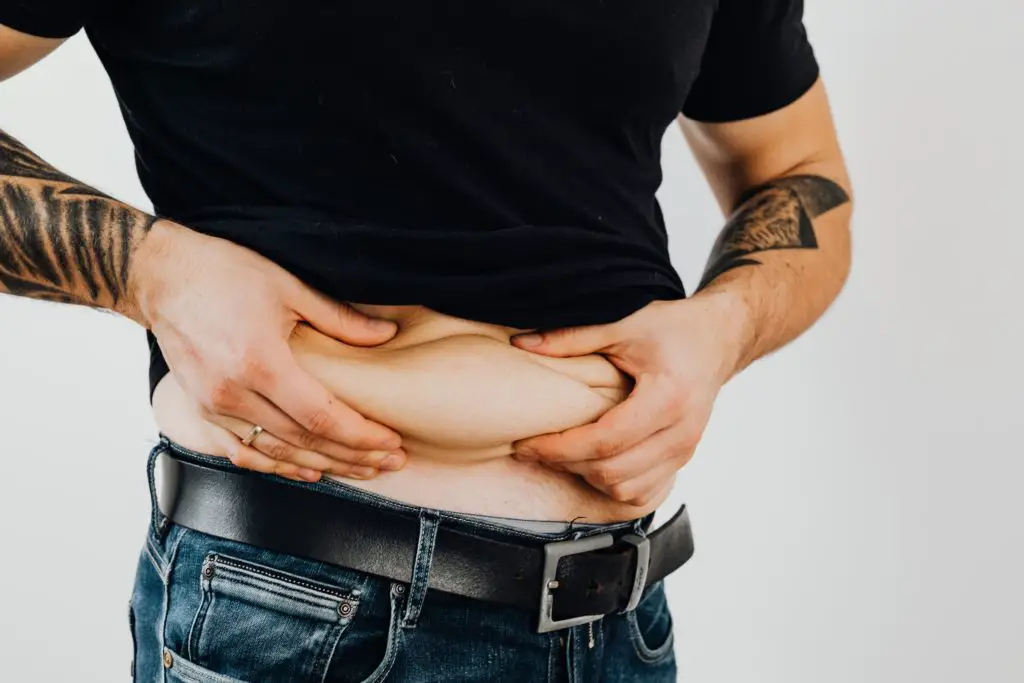A pilonidal cyst is a pocket that forms around a hair follicle in the crease between the buttocks. The area may look like a small pit or pore in the skin that contains a dark spot or hair. Sometimes the cyst can become infected, and this is called a pilonidal abscess.
Description
An infected pilonidal cyst or abscess requires surgical drainage. It will not heal with antibiotic medicines. If you continue to have infections, the pilonidal cyst can be removed by surgery.
There are several types of surgery.
Incision and drainage — This is the most common treatment for an infected cyst. It is a simple procedure done in the doctor’s office.
- Local anaesthesia is used to numb the skin.
- A cut is made in the cyst to drain fluid and pus. The hole is packed with gauze and left open.
- Afterwards, it can take up to 4 weeks for the cyst to heal. The gauze has to be changed often during this time.
Pilonidal cystectomy — If you keep having problems with a pilonidal cyst, it can be removed surgically. This procedure is done as an outpatient procedure, so you will not need to spend the night in the hospital.
- You may be given medicine (general anaesthesia) that keeps you asleep and pain-free. Or, you may be given medicine (regional anaesthesia) that numbs you from the waist down. In rare cases, you may only be given local numbing medicine.
- A cut is made to remove the skin with the pores and the underlying tissue with the hair follicles.
- Depending on how much tissue is removed, the area may or may not be packed with gauze. Sometimes a tube is placed to drain fluid that collects after surgery. The tube is removed at a later time when the fluid stops draining.
It may be hard to remove the entire cyst, so there is a chance that it will come back.
Why the Procedure is Performed
Surgery is needed to drain and remove a pilonidal cyst that does not heal.
- Your doctor may recommend this procedure if you have a pilonidal disease that is causing pain or infection.
- A pilonidal cyst that is not causing symptoms does not need treatment.
Non-surgical treatment may be used if the area is not infected:
- Shaving or laser removal of hair around the cyst
- Injection of surgical glue into the cyst
Risks
Pilonidal cyst resection is generally safe. Ask your doctor about these complications:
- Bleeding
- Infection
- Taking a long time for the area to heal
- Having the pilonidal cyst come back
Before the Procedure
Meet with your doctor to make sure medical problems, such as diabetes, high blood pressure, and heart or lung problems are in good control.
Tell your health care provider:
- What medicines, vitamins, and other supplements you are taking, even ones you bought without a prescription.
- If you are or could be pregnant.
- If you have been drinking a lot of alcohol, more than 1 or 2 drinks a day.
- If you are a smoker, stop smoking several weeks before the surgery. Your provider can help.
- You may be asked to temporarily stop taking blood thinners, such as aspirin, ibuprofen (Advil, Motrin), naproxen (Aleve, Naprosyn), vitamin E, clopidogrel (Plavix), warfarin (Coumadin), and any other medicines like these.
- Ask your doctor which medicines you should take on the day of your surgery.
On the day of the surgery:
- Follow instructions about whether you need to stop eating or drinking before surgery.
- Take the medicines your doctor told you to take with a small sip of water.
- Follow instructions on when to arrive at the hospital. Be sure to arrive on time.
After the Procedure
After the procedure:
- You can go home after the procedure.
- The wound will be covered with a bandage.
- You will get pain medicines.
- It is very important to keep the area around the wound clean.
- Your provider will show you how to care for your wound.
- After it heals, shaving the hair in the wound area may help prevent the pilonidal disease from coming back.
Prognosis
Pilonidal cysts come back in about one half of the people who have surgery the first time. Even after a second surgery, it may come back.
Alternative Names
Pilonidal abscess; Pilonidal dimple; Pilonidal disease; Pilonidal cyst; Pilonidal sinus
References
Johnson EK, Vogel JD, Cowan ML, et al. The American Society of Colon and Rectal Surgeons’ clinical practice guidelines for the management of pilonidal disease. Dis Colon Rectum. 2019;62(2):146-157. PMID: 30640830 www.ncbi.nlm.nih.gov/pubmed/30640830.
Merchea A, Larson DW. Anus. In: Townsend CM Jr, Beauchamp RD, Evers BM, Mattox KL, eds. Sabiston Textbook of Surgery: The Biological Basis of Modern Surgical Practice. 20th ed. Philadelphia, PA: Elsevier; 2017:chap 52.
Wells K, Pendola M. Pilonidal disease and perianal hidradenitis. In: Yeo CJ, ed. Shackelford’s Surgery of the Alimentary Tract. 8th ed. Philadelphia, PA: Elsevier Saunders; 2019:chap 153.








